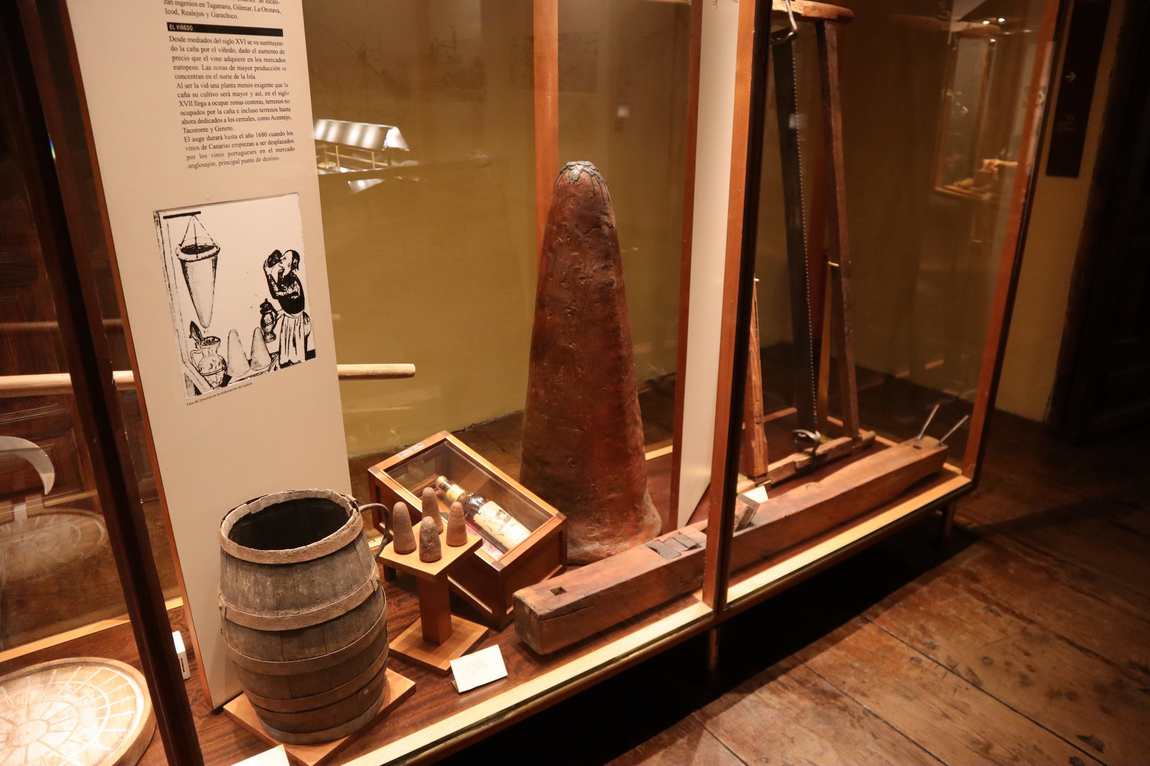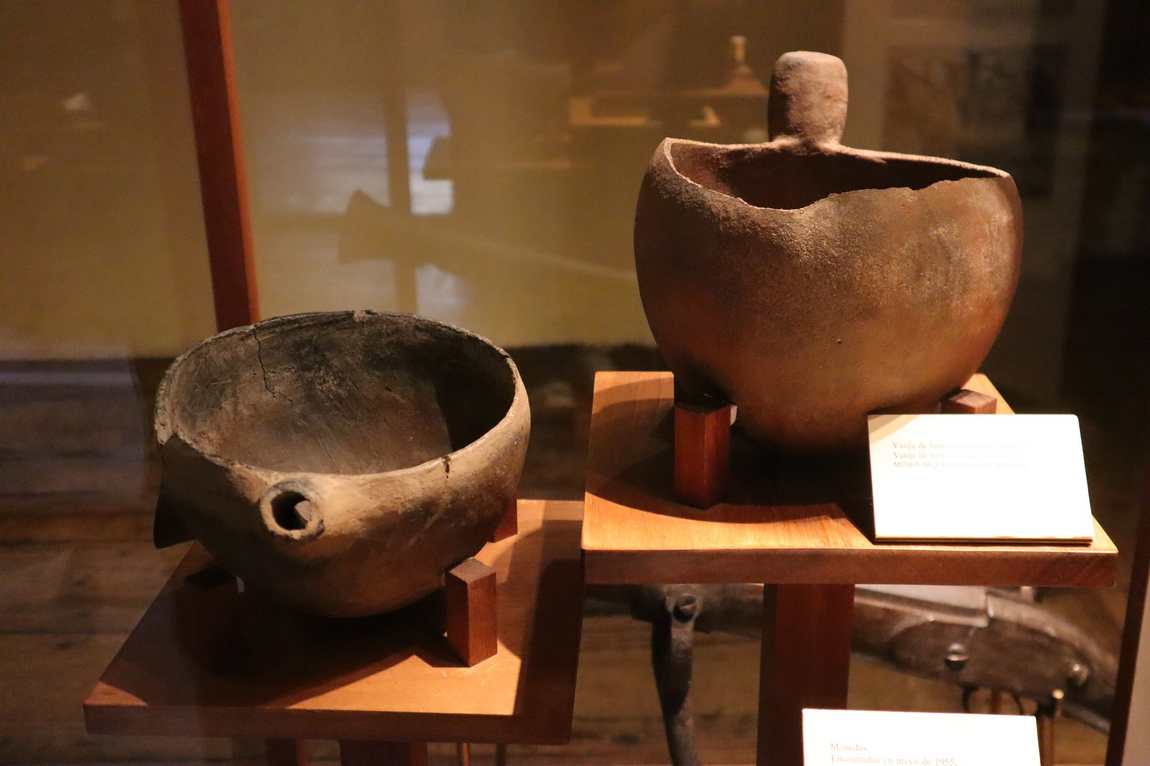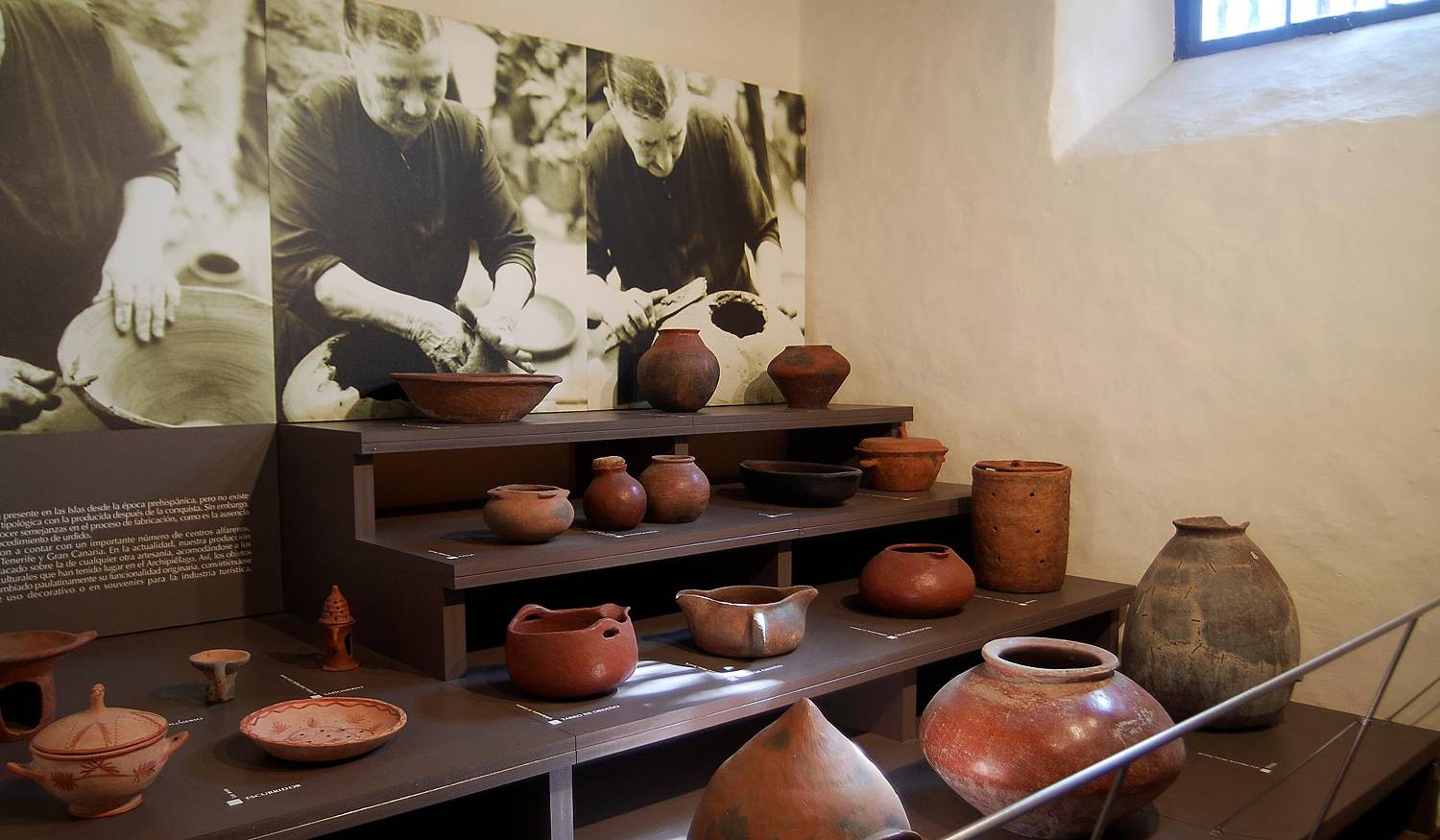Is the history of Tenerife rich in events? That can be judged because the Museum of the History and Anthropology of the Island occupies three buildings. The main exposition is in the San Cristobal de la Laguna, in the Casa Lercaro mansion. Whether you are interested in the Spanish period of the history of the Canary Islands or enjoy spooky ghost stories, the Museum of History and Anthropology of Tenerife has something to please you.

Its main exposition is dedicated to the conquest of the Canary Islands by the Spaniards and later life in Tenerife. And the island's life changed radically in 1493 when the conquistador Alonso Fernandez de Lugo received permission from the Spanish crown to conquer the island. The Guanches, the island's indigenous inhabitants, were partially killed during the battles, died from diseases brought from the mainland, and were taken as slaves to Spain. The surviving part of the Guanches assimilated, converted to Christianity and lived according to Spanish laws.

Yes, the Museo de Historia y Antropología de Tenerife pays much attention to wars. But no less than the peaceful life of ordinary people. In the windows, you will see countless simple household items: frying pans, teapots, pots, and baskets. The exhibition somewhat resembles not a museum, but a residential building, the owners of which were absent for a short time. Also, in the halls are presented national clothes, agricultural implements, and tools of representatives of various crafts.
And the Casa Lercaro mansion itself, with its stone walls and wooden galleries, is splendid. But it has its sinister legend about the ghost of a girl who did not want to marry the unloved and committed suicide.
Note that the family resorts of Tenerife are located quite far from the museum. If you decide to visit the island's capital, we recommend visiting the Museum of Man and Nature and the Museum of Science and Space.











